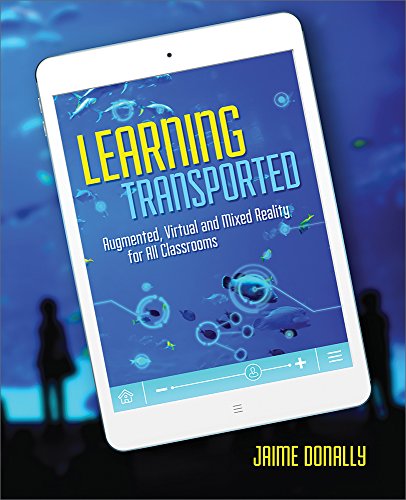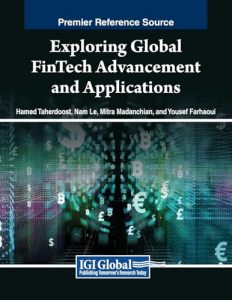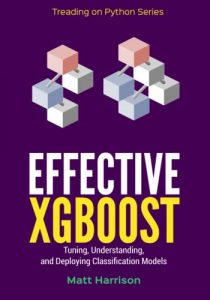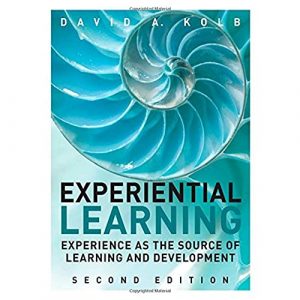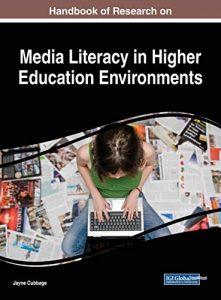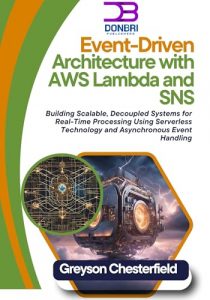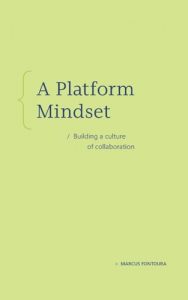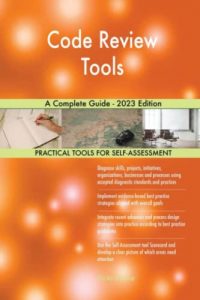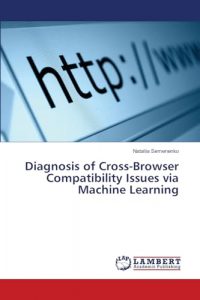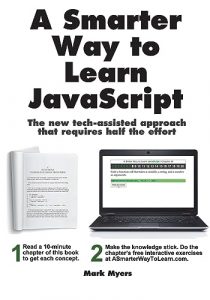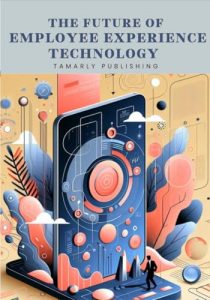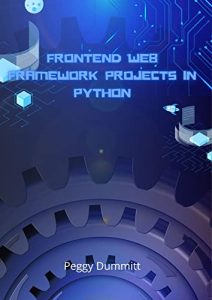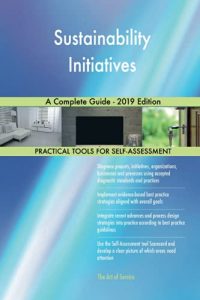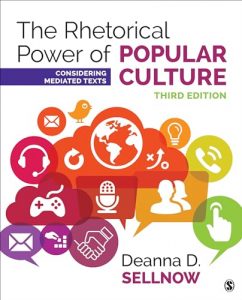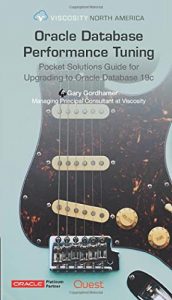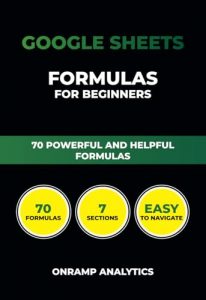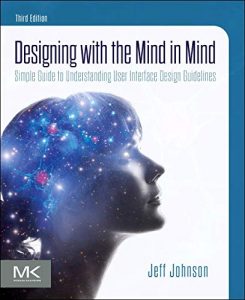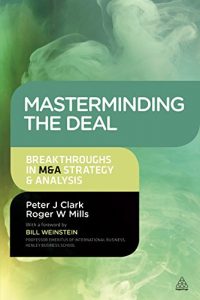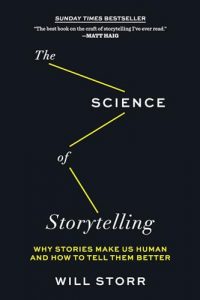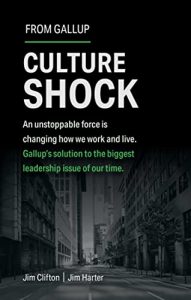Embracing Virtual Reality in Science Education
As education continually evolves, one of the most exciting advancements is the integration of virtual reality (VR) into the learning environment. The potential of VR in transforming the traditional educational experience cannot be overstated. This innovative technology not only makes learning more immersive but also enhances the understanding of complex concepts, particularly in the realm of science. With an ever-growing desire for interactive and engaging educational methods, educators are beginning to realize the incredible possibilities that VR presents.
In this blog, we explore several outstanding books that delve into the intersections of virtual reality and science learning. Each of these works provides valuable insights, practical applications, and forward-thinking perspectives on how VR can reshape the way we teach and learn about science. From augmented realities to immersive environments, these texts are instrumental in grasping how education can pave the way for the future of technology-driven learning.
1. Learning Transported: Augmented, Virtual and Mixed Reality for All Classrooms
This book is a must-have for educators looking to integrate technology in their teaching methodologies. Learning Transported offers a comprehensive overview of how augmented, virtual, and mixed realities can be effectively employed in various educational settings, particularly in science. The authors illuminate practical strategies and provide insightful case studies that demonstrate the transformative effects of these technologies on learner engagement and retention. It serves as an essential toolkit for educators eager to embrace a new era of teaching, where immersive experiences can facilitate dynamic learning.

2. Immersive Learning
Immersive Learning explores innovative methods for enhancing student engagement through immersive technologies. The book discusses various applications in both formal and informal learning environments, highlighting the significant advantages of VR in providing hands-on, experiential learning opportunities. It is ideal for educators and administrators seeking to implement immersive learning experiences in science education, ensuring that students grasp concepts through meaningful interactions.

3. Virtual Reality in Curriculum and Pedagogy: Evidence from Secondary Classrooms
This insightful book delves into the direct impacts of virtual reality on teaching strategies and student performance within secondary educational contexts. It discusses applicable research and offers evidence-based approaches to incorporating VR into the curriculum. Educators who read Virtual Reality in Curriculum and Pedagogy will find a wealth of practical ideas, along with compelling arguments for harnessing VR technology to enhance educational outcomes in the sciences.

4. Augmented and Virtual Reality in Social Learning: Technological Impacts and Challenges
This publication discusses the challenges and opportunities presented by augmented and virtual realities in social learning contexts. It not only highlights technological advancements but also provides insight into the ethical and pedagogical considerations that educators must address. With its thorough analysis, this book is highly relevant for science educators aiming to integrate AV/VR into collaborative learning environments.

5. Augmented Reality and Virtual Reality in Special Education
This essential read illustrates the unique benefits that augmented and virtual reality can offer to special education environments. The book showcases various case studies and implementations, providing educators with effective strategies to meet diverse student needs in science. It makes a compelling case for personalized learning through technology, ensuring inclusivity in science education.

6. Virtual Reality in Higher Education: Instruction for the Digital Age
Focusing on higher education, this book addresses how institutions can implement VR technologies to enrich the learning experience. Virtual Reality in Higher Education emphasizes the need for modernization in teaching methods to engage today’s digital natives. It provides a plethora of information on crafting robust virtual classrooms that cater to the diverse learning needs of science students.

7. Advances in Haptics and Virtual Reality: Proceedings of 2023 International Conference on Haptics and Virtual Reality
This extensive volume is a treasure trove for anyone fascinated by the cutting-edge intersections of haptics and virtual reality in education. It provides a platform for studies that explore the implications of tactile feedback in virtual learning environments, particularly beneficial for science experiments and simulations.


